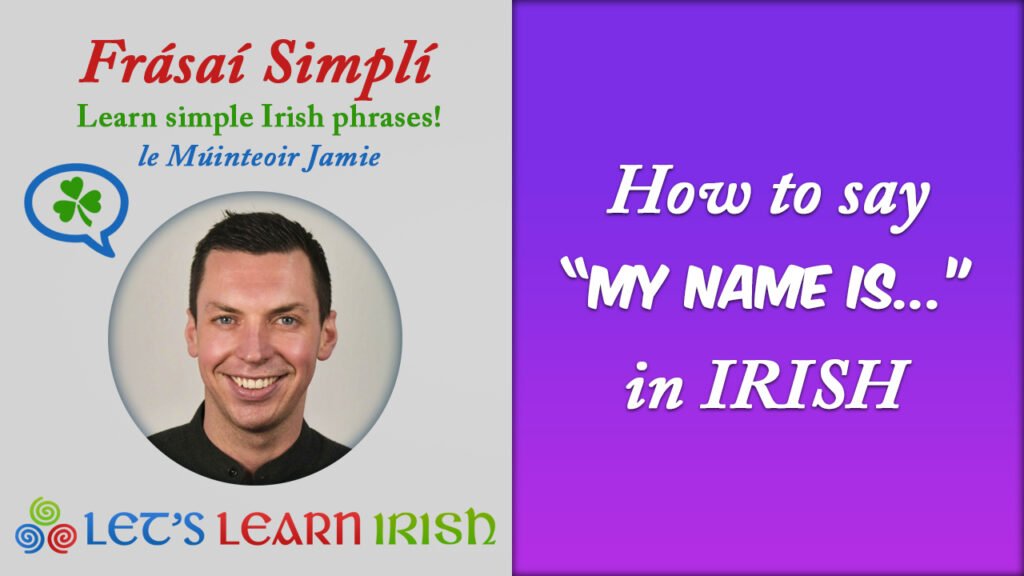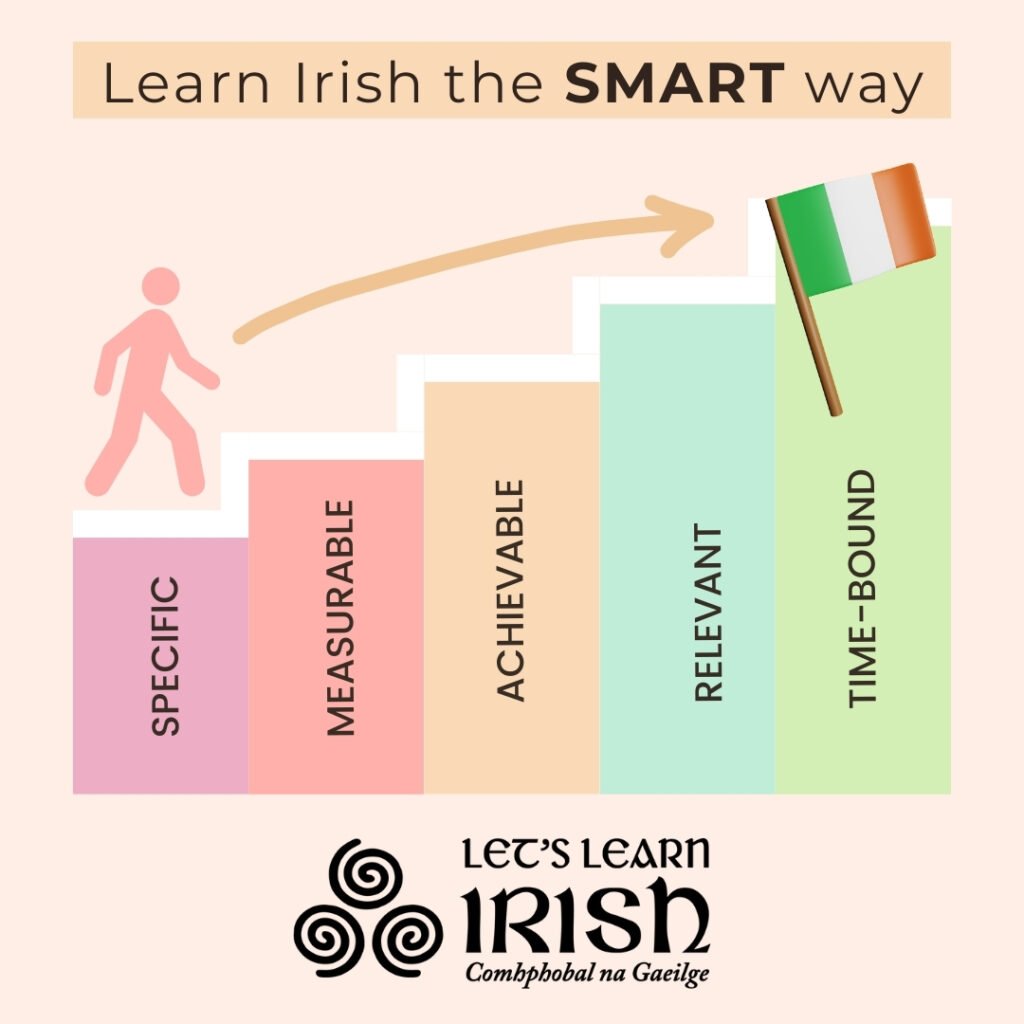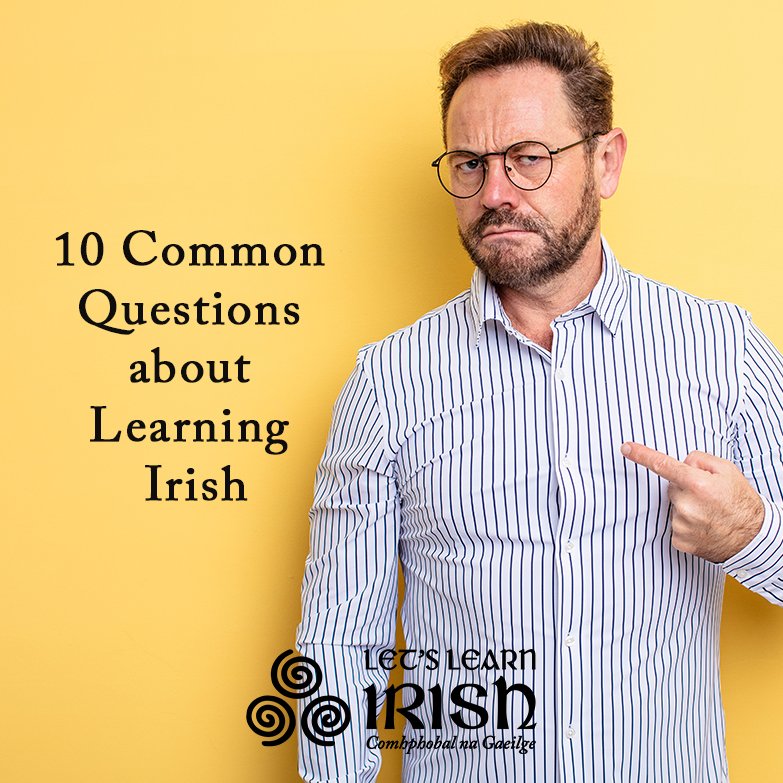Tell the Time in Irish
No matter where we go or what we do, we often find ourselves keeping one eye on the clock! So how do you tell the time in Irish? In this video, Múinteoir Jamie will teach you some of the basic phrases associated with telling the time “trí Ghaeilge”!
How to tell The Time in Irish
When talking about the time in Irish it is important to first know how to say “the time”. In this case, it is “an t-am”. When you want to talk about time being äfter the hour you would use “tar éis” whereas before the hour would be “chun”. Thus, “ceathrú tar éis” would be “a quarter past” or “fifteen minutes past” , thus “a quarter past one” would translate as “ceathrú tar éis a haon”. To say “half an hour past” you’d say “leathuair tar éis”, with “half past two” being “leathuair tar éis a dó”.
To say “fifteen minutes before” you’d say “ceathrú chun”. So, “fifteen minutes until five” would be “ceathrú chun a cúig”.Then, finally, to say “o clock” you simply say “a chlog”. So, putting it altogether, “It is half an hour past two o clock” would be “Tá sé leathuair tar éis a dó a chlog”. You can use this grammatical structure and vocabulary for most expressions of time in the Irish language.
Watch the video to practice your pronunciation of these phrases and become more familiar with talking about time in the Irish language. Once you’ve that done, check out another one of our videos, such as counting numbers or naming the seasons in Irish, or come along to our next Free Workshop or online class!
Samplaí Eile / Other Examples:
– Díreach ag a dó a chlog = At exactly two o’ clock.
– Cén t-am é? = What time is it?
– Tá sé a trí a chlog = It is three o’ clock.
Bígí páirteach!
Join the online Irish community at LetsLearnIrish.com.
Follow on social media @LetsLearnIrish.





